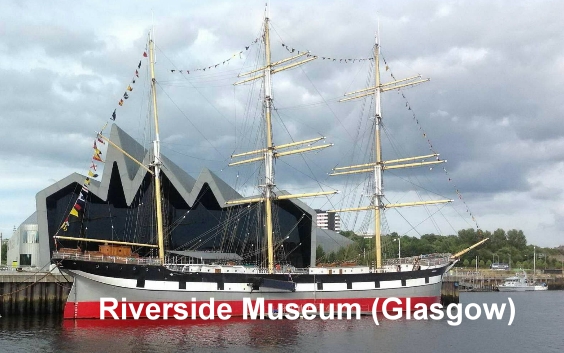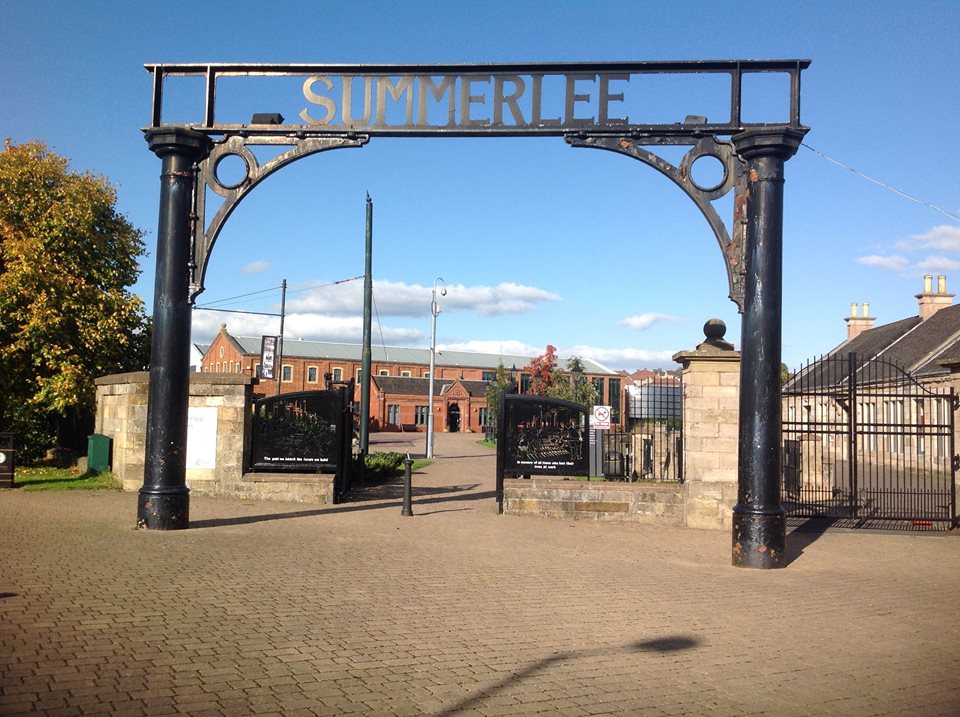The Scottish Borders are home to a number of ruined, yet magnificent Abbeys, which were all founded in the 12th Century. The best known four are Jedburgh, Melrose, Kelso and Dryburgh Abbey. The story of the Border Abbeys is one from building, to attacks, and then rebuilding. But most of all it’s a story of various orders of Monks who represented their order and made the journey from the European continent through England and ended up in the Scottish Borders to live in their holy abbeys and practice their religion. Read More
Category: Scottish Places
Five Sisters Zoo – West Lothian
Five Sisters Zoo is home to a wonderful variety of of mammals, birds and reptiles from around the world. Get up close to rescued circus bears and lions, wolves and lynx, gibbons, meerkats, monkeys, otters, crocodiles, owls, lemurs and many more. Walk through areas and large indoor Reptile House.
The role of Five Sisters Zoo is to support the welfare of all our animals and to encourage educational and fun days out for all ages – so for a day out with a difference come along and meet our fascinating collection! Read More
Riverside Museum of Transport
Riverside Museum is Glasgow’s award-winning transport museum. With over 3,000 objects on display there’s everything from skateboards to locomotives, paintings to prams and cars to a Stormtrooper.
Get hands on with our interactive displays. Walk through Glasgow streets and visit the shops, bar and subway. Climb aboard a train, tram or bus and get a real feel for old public transport. Discover Glasgow’s rich shipbuilding history, explore the car and motorbike walls and help put out a fire with our interactive fire engine. Read More



